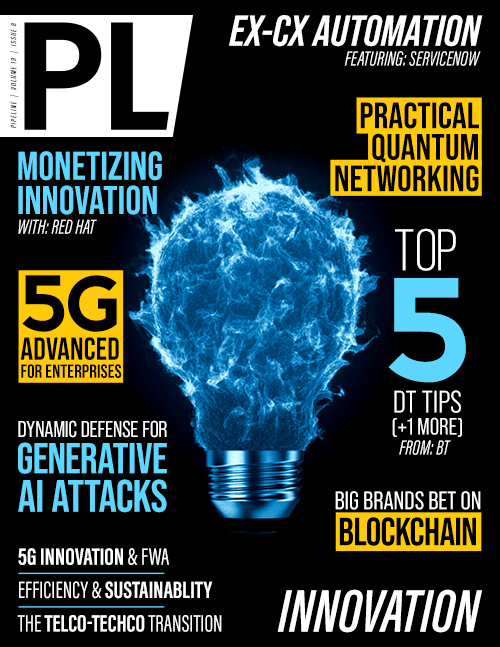The Billion-Dollar, Fixed-Wireless-Access Opportunity
best networks to create real business impact and achieve long-term goals. Fixed wireless access can be delivered in days rather than weeks, making it an agile, flexible, and versatile technology. It is a disruptive solution that has proved it can be a true broadband replacement. It also has the ability to capture broadband speeds that fixed-line services can’t reach, making it a more cohesive and one-stop-shop approach.
Global 5G growth
5G network performance has come a long way over the last 12 months. Real-world testing shows new peak download and upload speeds on 5G networks. The industry is on the cusp of the gigabit era in cellular networks with these speeds moving from the lab to field in 2023.
The CELLSMART Global Survey results found:
- Peak 5G download speeds are delivering nearly 1 Gbps with the top five download speeds exceeding 780 Mbps in outdoor tests.
- Peak 5G upload speeds have increased by 35 percent, from 109 Mbps (Netherlands) to 146.75 Mbps (US) in outdoor tests.
- Tests run in Norway and the Philippines had outdoor speed tests that showed latency of less than 10ms, followed closely by the US (10ms), China (11ms), and France (11ms).
- 5G is still providing hyper-asymmetrical test results with an average outdoor download speed of 210.05 Mbps versus 26.78 Mbps outdoor upload speed.
The survey results revealed the global average outdoor download speed for 5G is 210.05 Mbps, compared to 182.46 Mbps indoors. 5G download speeds show a significant improvement over 4G with an increase of 486.57 percent (outdoor) and 694 percent (indoor).
Average upload speeds continue to lag behind download speeds with almost no improvement from 4G to 5G in indoor tests. Both 4G and 5G upload speeds remain significantly lower than download speeds. 5G upload speeds as a percentage of download speeds are 17 percent, compared to 74 percent on 4G. Download and upload speeds remain hyper-asymmetrical in 5G, which needs to improve to support enterprise use cases.
The survey results also revealed how latency is impacted in indoor settings, with average 5G latency being 14.58ms lower indoors than outdoors. These results show the impact of latency on 5G connectivity indoors is less than would have been expected. With faster connectivity indoors, fixed wireless access can have real business impact on enterprise applications that we have not seen before.
Beyond the gigabit era
It is likely that we will begin to see consistent 1 Gbps results in 2023. This will be a milestone for both 5G and the entire mobile industry. As download speeds continue to increase, we anticipate upload speeds to rise, especially as fixed wireless access becomes increasingly recognized as a revenue driver and margin opportunity. Over time, there will be greater emphasis on the B2B opportunity in 5G and in turn, upload speeds will become a greater priority.
We are beginning to see adoption of fixed wireless access by carriers in the US. This is expected to cascade through Europe throughout 2023 as they take advantage of the opportunity in fixed wireless access based on the cellular networks available.
As the industry enters the gigabit era, the cellular landscape is as diverse as it has ever been. Download speeds are showing new peaks while upload speeds still need to catch up. The only thing that is certain is that cellular intelligence provides clarity in a rapidly changing market. Accurate local intelligence enables service providers to adopt and deploy the right solutions at the right time using the right local network.



















